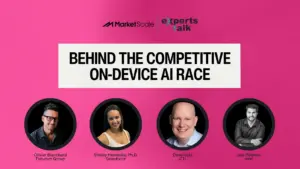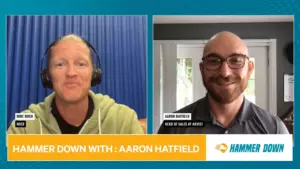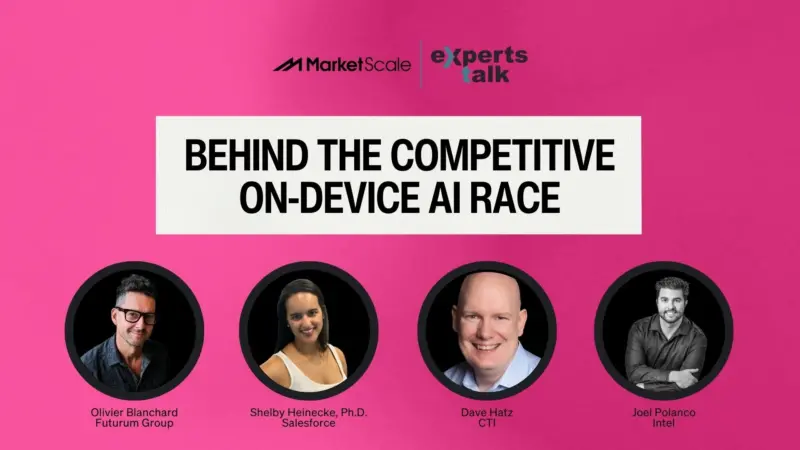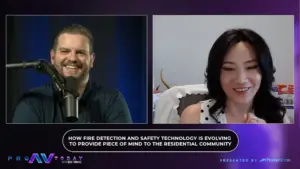Why Multiplexing Is Like Music to People’s Ears
Today’s topic sounds like a mouthful — Dense Wavelength Division Multiplexing in 5G networks — but the conversation boils down to making 5G more accessible and affordable for everyone.
On this episode of the MarketScale Software and Technology podcast, host Shelby Skrhak sat down with Maury Wood, Business Development Manager of North American Key Accounts for EXFO, to discuss how they help customers deploy and test Wave Division Multiplexing in their respective networks.
Before joining EXFO, Wood worked for years in the semiconductor industry, which gave him an understanding of how component-level innovations impact system-level cost and benefits.
It turns out, though, that his dual degrees in computer engineering and music gave him the perfect analogy to help us understand how data travels.
“The beautiful thing about sound is that our ears are able to hear simultaneously low sounds and high-frequency sounds, which explains why music is so beautiful to us,” Wood said. “The same thing applies with light going through the atmosphere to our eyes, or laser light going through glass fiber.
“It turns out different frequencies of light don’t mix or interfere with each other. So, if you’re carrying information on a lower frequency of light, you can pass that with a higher frequency lightwave and be able to recover those at the far end without any interference.”
For the latest news, videos, and podcasts in the Software & Technology Industry, be sure to subscribe to our industry publication.
Follow us on social media for the latest updates in B2B!
Twitter – @MarketScale
Facebook – facebook.com/marketscale
LinkedIn – linkedin.com/company/marketscale








